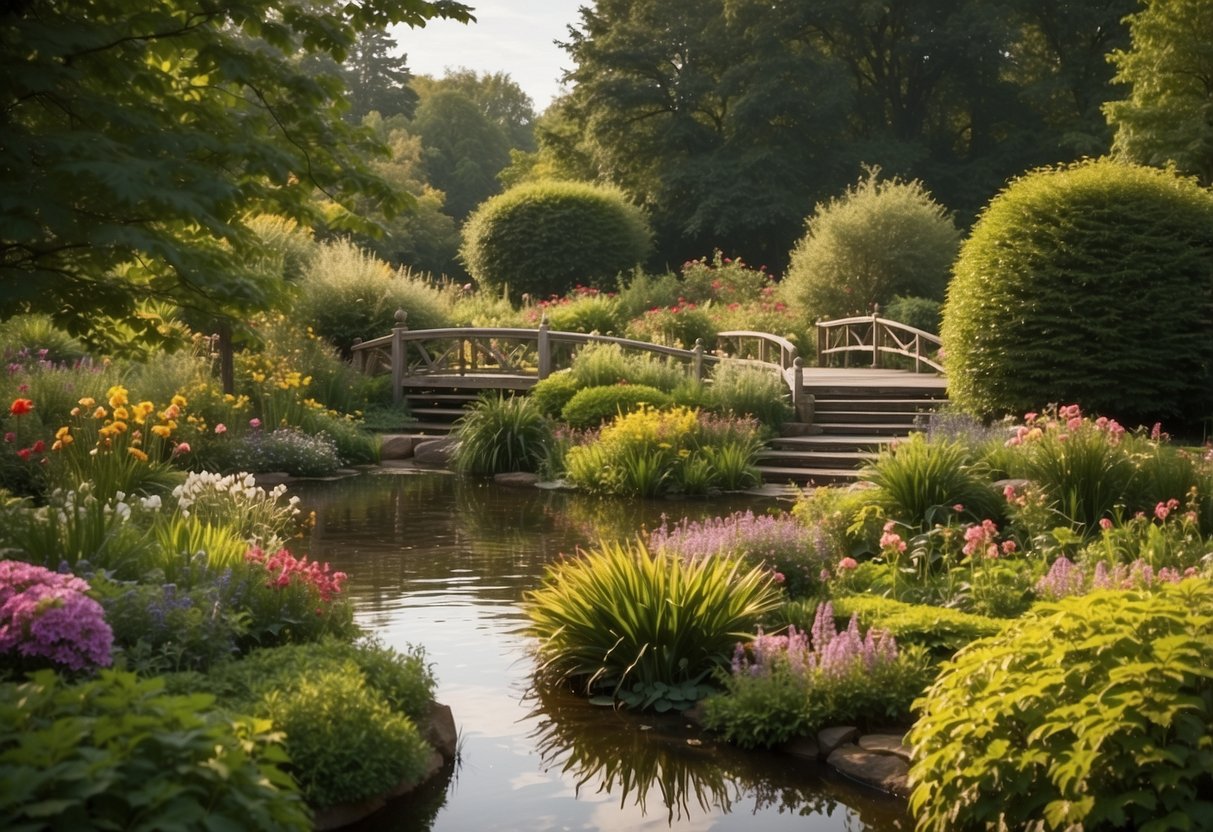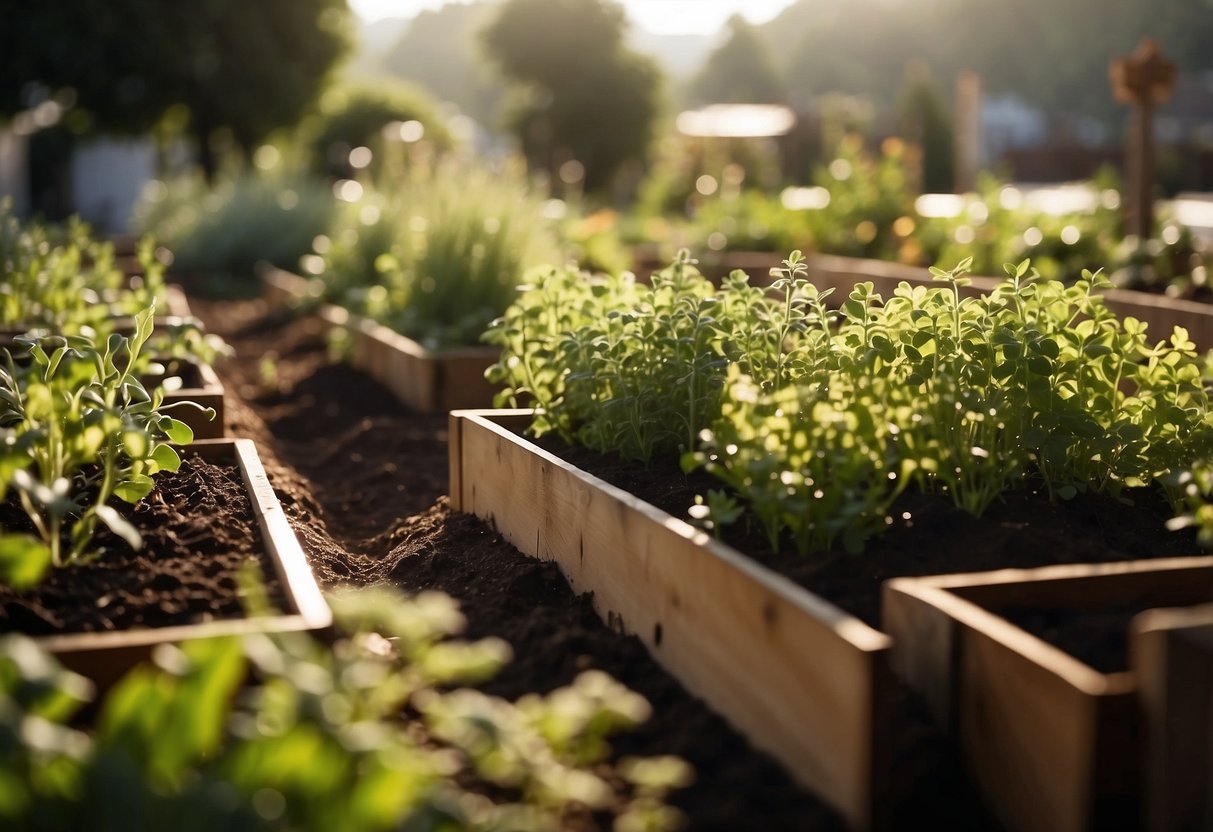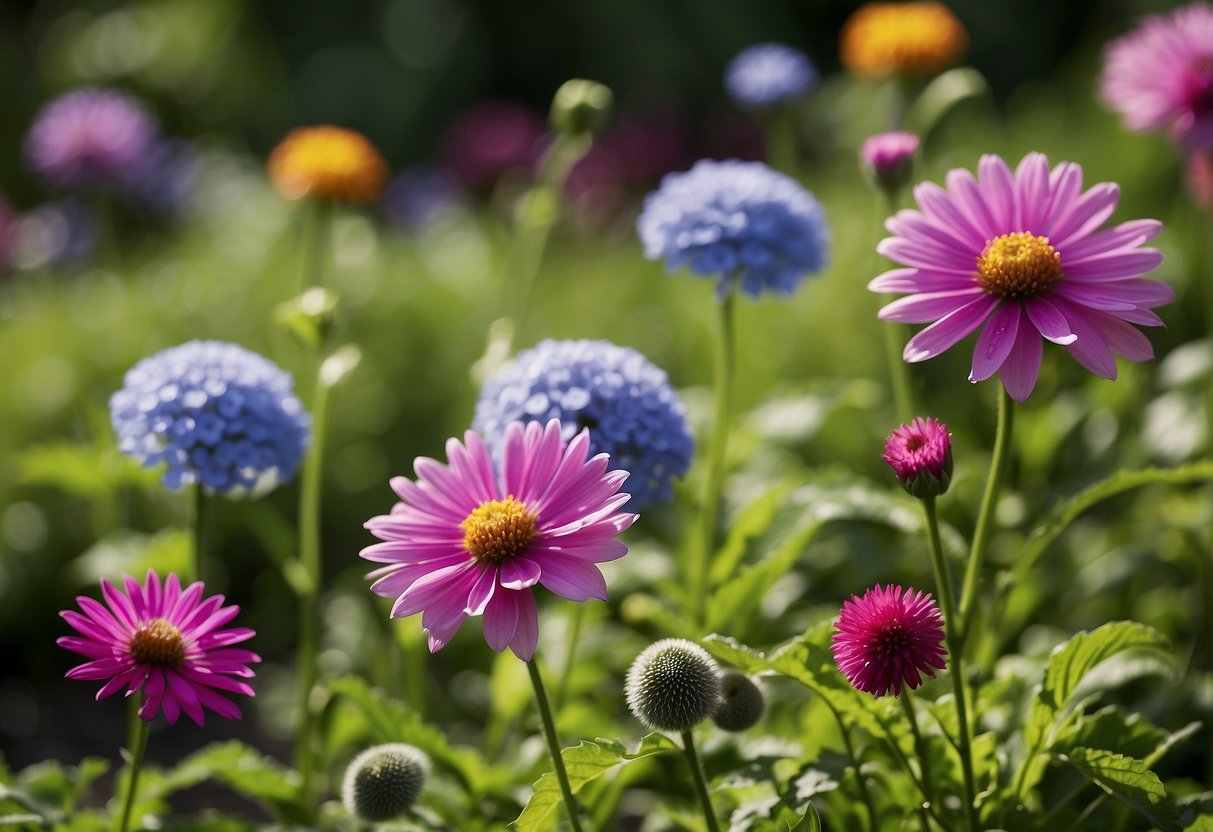1 Acre Garden Ideas: Maximize Space with Creative Landscaping
Creating a one-acre garden can be a rewarding and fulfilling experience. It’s a great way to grow your own food, enjoy fresh produce, and design an outdoor space that fits your lifestyle. Whether you are interested in vegetables, fruits, herbs, or even small livestock, there are countless possibilities to explore.

What can you do with a one-acre garden? With the right planning and creativity, you can transform your acre into a productive and beautiful space. From raised beds and permaculture designs to integrating animals like chickens or goats, your garden can become a vibrant, self-sustaining oasis.
1) Raised Bed Herb Garden

A raised bed herb garden is a fantastic way to use space efficiently. It allows you to grow a variety of herbs like basil, rosemary, and thyme. Raised beds provide better control over soil quality and drainage, which is important for healthy herb growth.
You can build a raised bed with materials like untreated wood and corner braces. Fill it with a mix of potting soil, compost, and coarse sand. Ensure your herbs get at least a foot of soil depth for good root development.
Garden Layout and Design

Creating a functional and beautiful 1-acre garden requires strategic zoning and thoughtful pathways. Organizing your space efficiently can maximize both productivity and enjoyment.
Zoning Your Garden Space
When planning your garden, break it into zones. Main zones might include vegetable plots, flower beds, herb gardens, and areas for fruit trees. Raised beds are excellent for optimizing space and yield. For example, sixteen 4×8 raised beds can yield a significant amount of produce annually.
Fruit tree zones can be positioned on the periphery to offer shade. Consider planting root vegetables like carrots and turnips in separate plots. Group plants with similar water and sunlight needs together to make caring for them easier.
Creating Pathways and Borders
Pathways help keep your garden organized and accessible. Gravel or mulch paths work well for low-maintenance gardens. Create wide paths to allow easy movement, especially if you’ll use wheelbarrows or other equipment.
Borders such as low fences, hedges, or even flower borders not only define spaces but also keep pests away. Use stone or brick edges to separate plots and pathways, making your garden look tidy. Maintain clear and well-marked paths to enhance both functionality and aesthetic appeal.
Plant Selection and Arrangement

Selecting and arranging plants for your 1-acre garden can be an enjoyable process. Focus on choosing suitable plants for your soil and climate, and use companion planting strategies to improve growth and pest control.
Choosing Suitable Plants
When choosing plants for your garden, consider soil type, climate, and personal preferences.
- Determine your soil pH and texture. Certain plants thrive in acidic environments, while others prefer neutral or alkaline conditions.
- Assess your local climate. For example, in a warm climate, sweet potatoes and tomatoes may do well, whereas in cooler regions, lettuce and peas might be better suited.
- Plant a mix of perennials and annuals. Perennials like hardy geraniums and Iris can fill your garden year after year, while annuals like beans and carrots bring variety.
Make a sketch of your planting plan. Place taller plants such as Chanticleer pear trees at the back of borders, with shorter perennials in front. This will help ensure each plant receives adequate sunlight and makes your garden more visually appealing.
Companion Planting Strategies
Using companion planting helps you make the most of your garden space and can boost plant health.
- Pest control: Some plants can keep pests away from their neighbors. For instance, planting marigolds near tomatoes can help deter nematodes.
- Nutrient sharing: Certain plants enrich the soil, benefiting nearby plants. Beans add nitrogen to the soil, which is helpful for leafy greens.
- Space utilization: Planting fast-growing crops like radishes between slower-growing ones such as cabbage can maximize space. This technique ensures that while one crop is maturing, another is being harvested.
Divide your garden into plots and rotate crops annually. This helps avoid soil depletion and reduces the likelihood of pest infestations. Using these strategies can enhance the productivity and health of your 1-acre garden.







